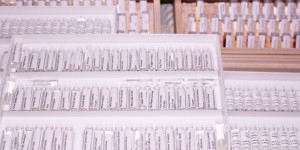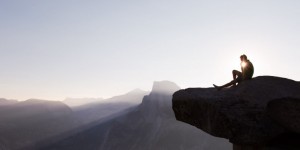Pilates was developed by Joseph Pilates, a physical-culturist[clarification needed] from Mönchengladbach, Germany. His father was a prize-winning gymnast and his mother a naturopath. He studied both Eastern and Western forms of exercise including yoga
During the first half of the twentieth century, he developed a system of exercises which were intended to strengthen the human mind and body. Pilates believed that mental and physical health were interrelated
In his youth he had practised many of the physical training regimes available in Germany, and it was from these he developed his own work. It has clear connections with the physical culture of the late nineteenth century, such as the use of special apparatuses and claims that the exercises could cure ill health. It is also related to the tradition of “corrective exercise” or “medical gymnastics” as typified by Pehr Henrik Ling. Joseph Pilates, like many Germans, was interned in Britain during World War I. On the Isle of Man, he started teaching other interned Germans about pilates.
Joseph Pilates accompanied his method with a variety of equipment, for which he used the term “apparatus.” Each apparatus was designed to help accelerate the process of stretching, strengthening, body alignment and increased core strength started by the mat work. The best-known and most popular apparatus today, the Reformer, was originally called the Universal Reformer, aptly named for “universally reforming the body.” Eventually a full complement of equipment and accessories was designed by Pilates, including the Cadillac, Wunda Chair, High “Electric” Chair, Spine Corrector, Ladder Barrel and Pedi-Pole.
Pilates published two books related to his training method: Your Health: A Corrective System of Exercising That Revolutionizes the Entire Field of Physical Education in 1934, and Return to Life Through Contrology in 1945.
His first students went on to teach his methods and open studios, and the most prominent include: Romana Kryzanowska, Kathy Grant, Jay Grimes, Ron Fletcher, Maja Wollman, Mary Bowen, Carola Treir, Bob Seed, Eve Gentry, Bruce King, Lolita San Miguel,[9] and Mary Pilates, Joseph’s niece. Contemporary pilates includes both the “Modern” pilates and the “Classical/Traditional” pilates. Modern pilates is partly derived from the teaching of some first generation students, while Classical aims to preserve the original work as Joseph Pilates taught it.












